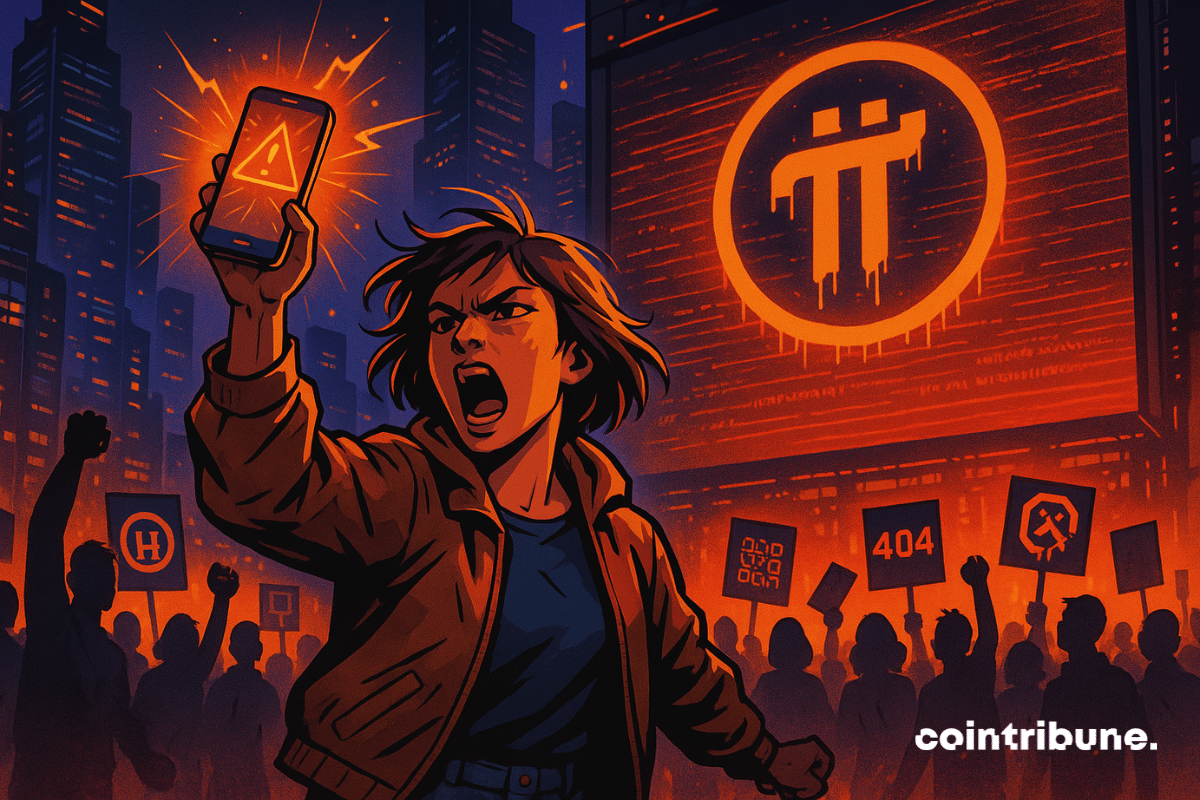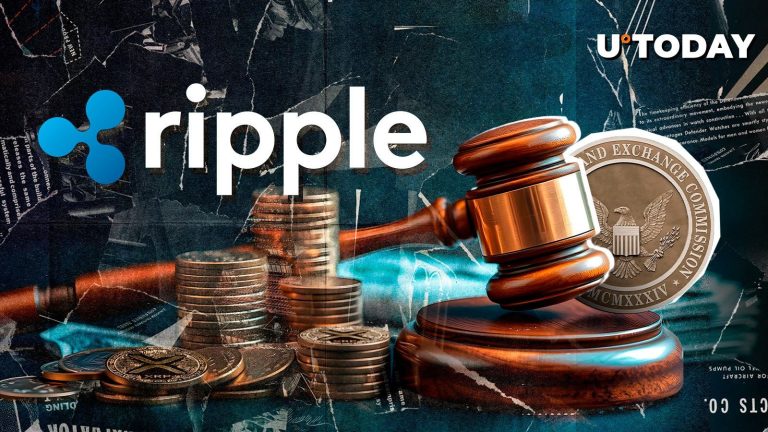9h05 ▪
4
min read ▪ by
After six years of waiting and millions of accounts created, Pi Network began its transition to the mainnet with the promise of a decentralized crypto accessible to everyone. However, as the migration accelerates, a growing share of users find themselves stuck: empty wallets, KYC validated but ignored, failed verifications. What was supposed to mark the culmination of the project is turning for many into a technical dead end, with doubts about the reliability of the system and the network’s ability to fulfill its commitments.
In brief
- Millions of Pi Network users still cannot access their tokens, despite compliant KYC validation.
- The Horizon update, supposed to mark a new era for the network, caused a series of technical bugs and unexpected blockages.
- The community expresses its anger on social media, with some users denouncing a betrayal after six years of loyalty to the project.
- The multiplication of scams related to Pi Network (fake wallets, phishing, app clones) worsens confusion and losses.
A chaotic migration after the Horizon update
While the price of the crypto dropped below $0.60, the rollout of the Horizon update by Pi Network was supposed to mark a key milestone in the project’s transition to a fully decentralized ecosystem. However, barely launched, this new phase ran into a series of technical obstacles.
Despite the announced migration of over 12 million users to the mainnet, many pioneers have seen their access to tokens suspended or frozen. Users like Haifeng Chen on June 6 on the X platform acknowledge that “problems such as unshown balances or delays in KYC and 2FA” persist.
Stop talking nonsense. I don't want to hear it. Give me back that damn $Pi. I've worked hard for six years. You still haven't mapped it for me until now. What's your reason for constantly delaying? Mapping is the right of every pioneer. Hurry up and map it #Pinetwork
Oh my god. pic.twitter.com/FBQiWAPtwF— HaiFeng Chen (@haifeng8283) June 5, 2025
Here are the most frequently reported issues by users since the migration :
- Pi balances not displayed in wallets, despite KYC validation ;
- Blocking or failure of 2FA (two-factor authentication) verification, essential to complete migration ;
- Malfunctions of the Pi Browser app, preventing access to critical features ;
- Missing or incomplete migration data, even though users followed the official checklist ;
- Prolonged waiting in migration queues, some users remaining stuck for weeks without feedback.
According to the Pi Network Core team, these bugs are being addressed, aiming to fix them before the next migration phase set for June 28, 2025. However, the information shared remains general and without precise timelines.
Thus, many users after years of waiting and participation find themselves in a technical deadlock without direct support, despite their compliant efforts to the platform’s requirements.
Suspicions, frustration, and a fracture within the community
Beyond technical errors, another issue ignites the community: the existence of a crypto wallet, identified as ending with “ODM”, which alone holds 276.56 million Pi, an estimated value of $179.7 million.
This unprecedented concentration fuels speculation. For some members, this address would be linked to the Pi Foundation, in an attempt to “control circulating volumes” to avoid a price collapse on exchanges.
Others see a lack of transparency and a contradiction with the decentralized spirit claimed by the project. “Give me the damn $Pi. I’ve worked hard for six years. You still haven’t mapped it. Why this constant delay?”, protests HaiFeng Chen on the social network X. He thus sums up the feeling of abandonment felt by part of the users.
This distrust is reinforced by the proliferation of frauds on social networks. Fake crypto wallets, phishing sites, and app clones circulate massively, targeting especially users desperately trying to unlock their funds.
Yet, even those who use only the official tools continue to encounter errors and blockages. The ambient confusion paves the way for scams and weakens the project’s credibility among its most loyal contributors.
While developers and pioneers engaged in app creation on the ecosystem continue to defend the project’s vision, the divide with a growing part of the community seems real. Will the Core Team manage to restore trust before the new migration phase on June 28 which could further propel Pi Network ?
Maximize your Cointribune experience with our “Read to Earn” program! For every article you read, earn points and access exclusive rewards. Sign up now and start earning benefits.
Diplômé de Sciences Po Toulouse et titulaire d’une certification consultant blockchain délivrée par Alyra, j’ai rejoint l’aventure Cointribune en 2019.
Convaincu du potentiel de la blockchain pour transformer de nombreux secteurs de l’économie, j’ai pris l’engagement de sensibiliser et d’informer le grand public sur cet écosystème en constante évolution. Mon objectif est de permettre à chacun de mieux comprendre la blockchain et de saisir les opportunités qu’elle offre. Je m’efforce chaque jour de fournir une analyse objective de l’actualité, de décrypter les tendances du marché, de relayer les dernières innovations technologiques et de mettre en perspective les enjeux économiques et sociétaux de cette révolution en marche.
DISCLAIMER
The views, thoughts, and opinions expressed in this article belong solely to the author, and should not be taken as investment advice. Do your own research before taking any investment decisions.










